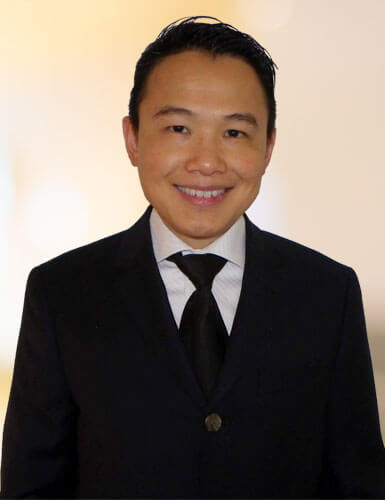Root surface caries – the what, why, and Prevora of the question
Posted: June 25, 2011
Last Modified: June 6, 2022
What is root surface caries? Why does this topic merit its own post? How does it concern you?
Root surface caries is decay at the exposed roots of teeth. This is an increasingly relevant problem in Canada as it is a dental problem increasingly seen in an aging population. For several reasons, recession of the gums will often occur more and more over a lifetime. (This may be due to gum disease or simple overscrubbing with a toothbrush, but when the gums recede, they don’t grow back).
When roots are exposed, they reveal a portion of tooth that is less able to resist decay. On top of that, the aging population tends to have more factors that predispose the individual to decay: dry mouth (whether caused by medication or radiation), acid reflux, and poorer oral hygiene due to reduced manual dexterity, poorer vision, or dementia.
Why is root caries so different from regular decay? Or put another way: why does root caries pose such a hassle?
Oh, let us count the ways that root caries are a pain:
1) Root decay often develops in hard-to-see and hard-to-reach areas. This makes the complete removal of decay difficult.
2) We have no good materials for filling root surfaces. Some are OK, but no great ones. Currently we are using a resin-modified glass ionomer material (Fuji IX) that can release fluoride onto the tooth, but we are under no illusion that it is a great solution.
3) Root surface decay comes closer to the pulp (nerve) of the tooth than regular decay, as the nerve is closer to the surface of roots. The risk of root canal increases.
4) Frequently, more elderly patients have a harder time during dental appointments, whether through neck/back pains, or limited mobility to even get to the dental office.
5) Increasing dental costs at a time of fixed incomes is never welcome news.
So what are we going to do?
Once a cavity has begun, it is difficult to stop it. We must usaually place a filling. BUT, if we know that there is a risk of a cavity, but we wish to PREVENT it, we have a solution! That solution is Prevora.
Prevora is an antibacterial varnish that is applied to the roots of teeth of susceptible individuals. Developed partly in Canada, it can boast a 40+% reduction in root surface decay over one year – an extremely strong drug effect.
Please also visit www.prevora.com for more information on this treatment.
It is composed of two layers: the first layer contains the active drug, chlorhexidine. This is a broad-spectrum antibacterial drug that carries with it no fear of long-term drug resistance. It is frequently used in antibacterial mouthrinses after surgery or in conjuction with the treatment of gum disease.
The second layer contains methacrylate, which is the same coating as coated Aspirin. It is used to keep the drug on the tooth and protect it from being brushed or washed away.
At each application, the chlorhexidine layer is applied, followed by the second layer. For an entire mouth, each application with take approximately thirty minutes.
The established protocol for application of Prevora is as follows:
Initial treatment: four applications of Prevora, 1-2 weeks apart.
Maintenance treatment: one application every six months.
At the application appointments, we will provide you with specific instructions to follow – this will maximize the benefit of the drug.
Is Prevora covered by insurance? It depends on your insurance. Our information is that there are indeed some dental insurances that cover the use of Prevora. Nevertheless, the treatment pales in comparison to the cost of both fillings and the loss of tooth structure from decay.
If you are at risk of root surface cavities, just having the Prevora does not mean that you will never get root decay. If your diet is heavy on the acidic food and drink, you will still continue to have decay. No treatment is going to stop decay caused in that manner. We are still going to recommend that you continue to maintain good oral hygiene, including brushing and flossing, and use of a daily fluoride rinse.
We’d love to discuss this with you more. Please contact us for more details and up-to-date fees!


